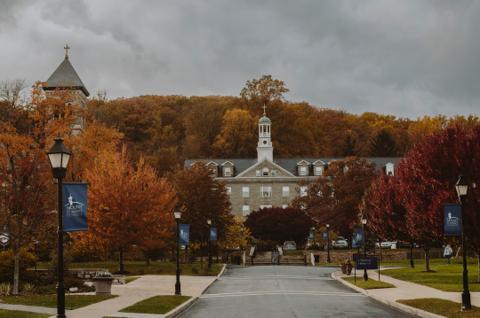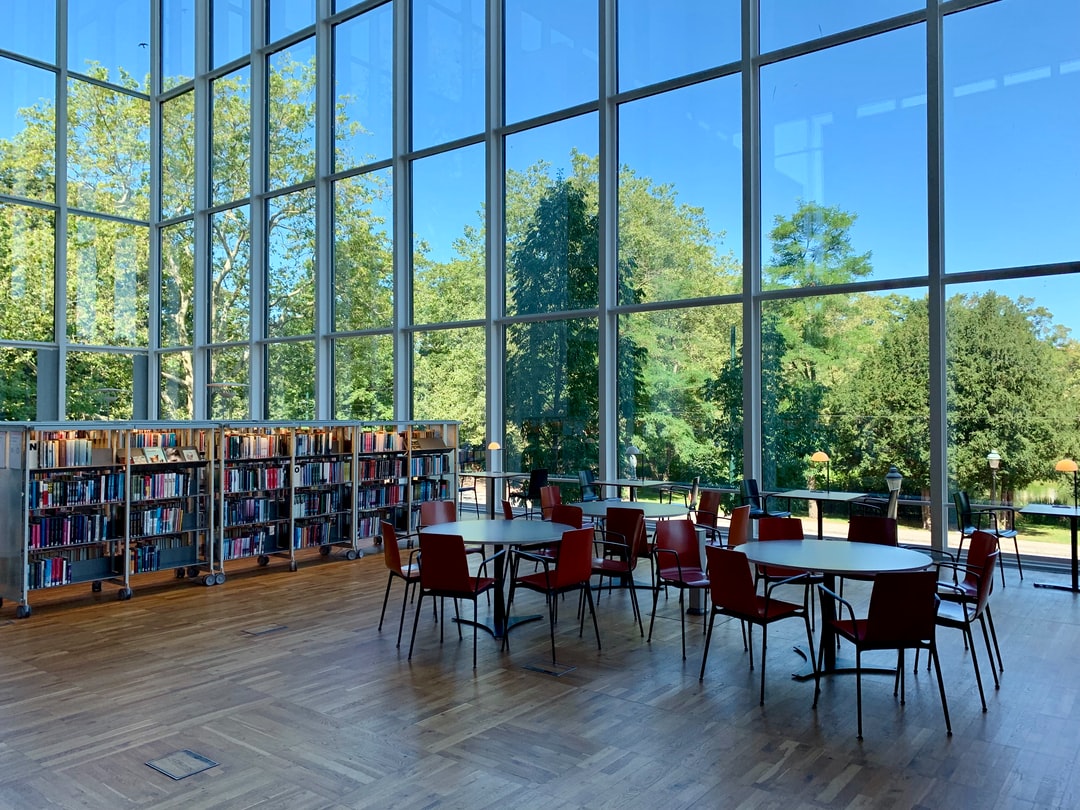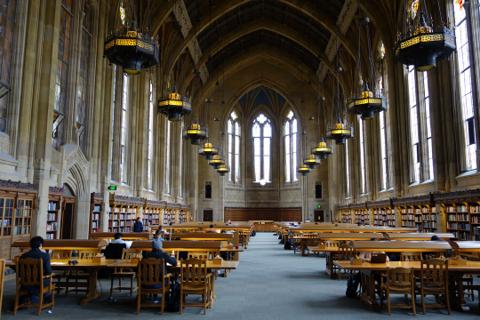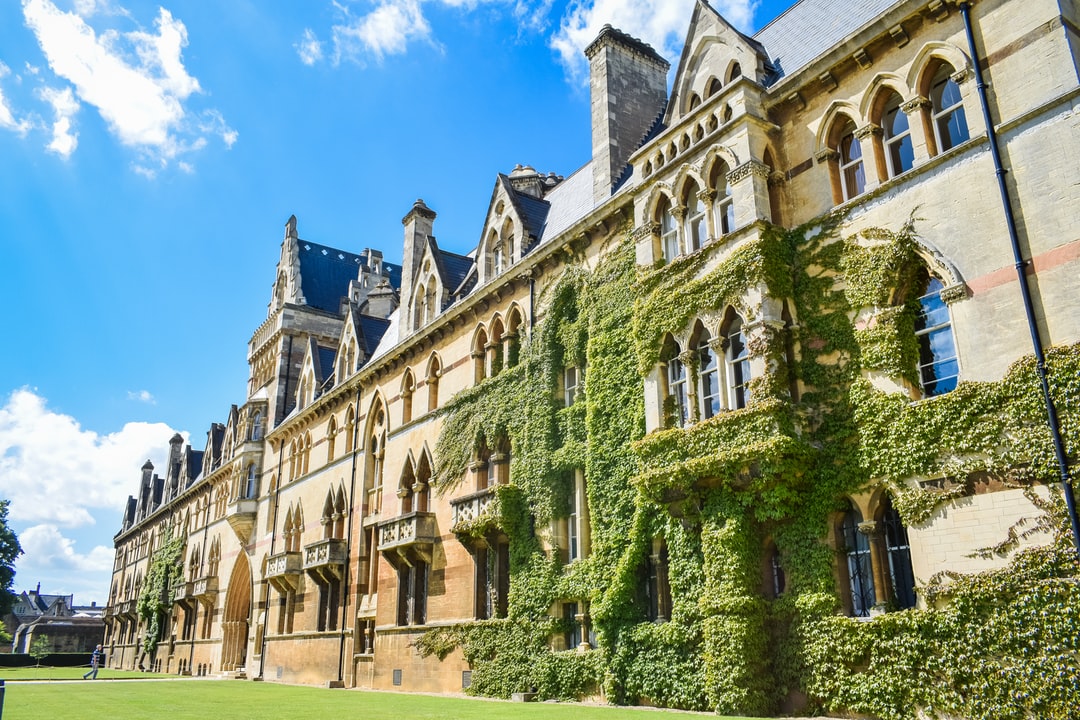Creating places that enhance the human experience.
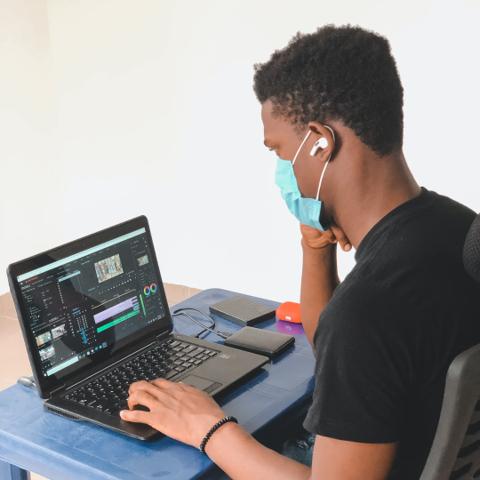
Building Repositories
A Harvard University - Arnold Arboretum 22 Divinity Avenue Cambridge U.S.A. Confirmed View
Add collection
AA Ministry of Science, Academy of Sciences ALMA-ATA Kazakhstan Confirmed View
Add collection
AAAG Alan and Anita Gillogly Unconfirmed Edit
AAFC-PRC Agriculture and Agri-Food Canada Potato Research Station Agriculture and Agri-Food Canada/Agr... et Agroalimen... Canada Fredericton Canada Confirmed View
Add collection
AAH Arnold Arboretum, Harvard University The Arborway, Jamaica Plain, Massachusetts, 02130 JAMAICA PLAIN U.S.A. Confirmed View
Add collection
AAPI Plant Industry Laboratory Alberta, Edmonton, Alberta Agriculture Canada Unconfirmed Edit
AAR Reliquae Aaronsohnianae ZICHRON-YAAKOV Israel Confirmed View
Add collection
AAS British Antarctic Survey High Cross Cambridge U.K. Confirmed View
Add collection
AAU University of Aarhus Building 137, Universite... DK-8000 Aarhus C AARHUS Denmark Confirmed View
Add collection
AAUB Anhui Agricultural University, Department of Basic Courses 16 Shushan Road, Hefei, Anhui, 230036 HEFEI People's Republic of China Confirmed View
Add collection
AAUF Anhui Agricultural University, Forest Utilization Faculty HEFEI People's Republic of China Confirmed View
Add collection
ABB Asian Bacterial Bank Samsung Biomedical Research Institute, Sungkyunkwan University, Seoul South Korea Unconfirmed Edit
ABC Arvids Barsevskis Unconfirmed Edit
ABD University of Aberdeen, Plant and Soil Science Department G28, Cruickshank Building. ABERDEEN U.K. Confirmed View
Add collection
ABDAM Aberdeen Art Gallery and Museum ABERDEEN U.K. Confirmed View
Add collection
ABDC Aba Institute for Drug Control BARKAM People's Republic of China Confirmed View
Add collection
ABDF University of Aberdeen, Forestry Department 581 King Street, Aberdeen AB9 2UD, Scotland ABERDEEN U.K. Confirmed View
Add collection
ABDH United Arab Emirates University Abu Dhabi. AL-AIN United Arab Emirates Confirmed View
Add collection
ABDM Marischal College, University of Aberdeen ABERDEEN U.K. Confirmed View
Add collection
ABE Personal collection of T. Abe. Unconfirmed Edit
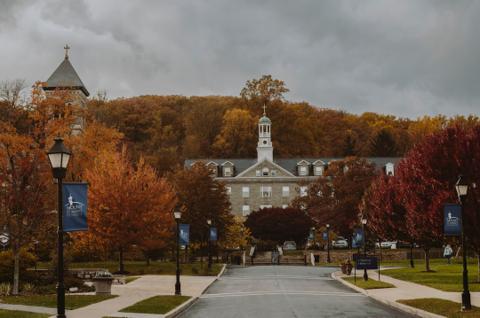
As 436 clients before you, let’s work together
The complete list of collection is below. The details for each can be edited or deleted as needed.
Collection Name Code Institution Name Date Status Action
Balsam Mountain Trust Herbarium BMT Non-Institutional Collection 08/03/2009 In Review Edit
Benjamin Victor's Marine Fishes Collection BVictor Non-Institutional Collection 04/05/2011 Confirmed Edit
Collection Galli & Ruf CGR Non-Institutional Collection 02/20/2009 Confirmed Edit
Daniel H. Janzen at University of Pennsylvania DHJanzen Non-Institutional Collection 08/24/2010 Confirmed Edit
Daniel Handfield Lepidoptera research collection DH Non-Institutional Collection 08/22/2011 Confirmed Edit
Gilbert L. Challet GLCC Non-Institutional Collection 08/04/2009 Confirmed Edit
Insects of the Area Conservacion Guanacaste, northwestern Costa Rica SRNP Non-Institutional Collection 02/23/2009 Confirmed Edit
Lepidoptera Collection of Valerio Sbordoni VSRM Non-Institutional Collection 11/23/2010 Confirmed Edit
Personal Research Collection of Dr. Paul Thiaucourt PTNOT Non-Institutional Collection 05/19/2011 Confirmed Edit
Research Collection of Matthew J.W. Cock MJWC Non-Institutional Collection 10/08/2010 Confirmed Edit
Robert C. Dalgleish Personal Collection RCDP Non-Institutional Collection 08/27/2008 Confirmed Edit
Tomislav Curkovic TCCC Non-Institutional Collection 04/23/2008 In Review Edit
Instructions for Users
TopSearching Datafields
You can search for any word or part of a word that might appear in the Non-Institution name. You can also search for any city, state, province, or postal code that might appear in any address field.
TopSorting Columns
Institutional records are sorted by acronym, but you can change the sort order by clicking on Non-Institution Name, Country, or Status.
TopAlphabet Index
ou can reduce the number of institutions shown to only those acronym, name, or country starts with a certain letter. Sort the list by clicking on Acronym, Non-Institution Name, or Country, and then click on a letter in the alphabet row. You can un-select the letter and get the full listing again by clicking on "Clear search" link above the table.
TopStatus Column
The status column indicates records that have been registered by users and confirmed by CBOL
